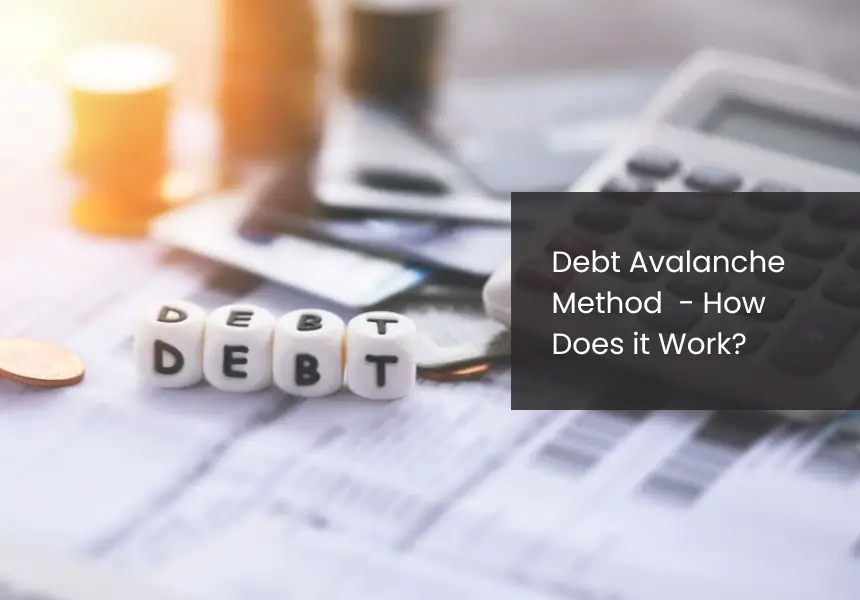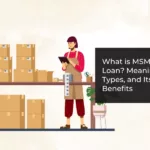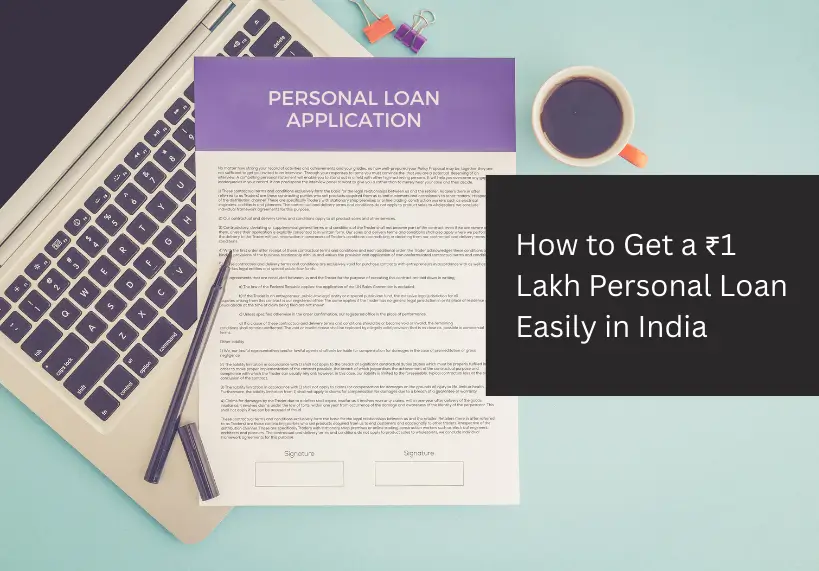
Does debt feel like you are trying to climb a mountain with a heavy backpack? But what if there was a strategic way to lighten your load and reach the summit faster? That is what the debt avalanche method does.
It is a debt repayment strategy that helps you save money on interest. Unlike other methods that might give you quick wins but cost you more in the long run, the debt avalanche focuses on tackling high-interest debts first.
Read on to understand how this strategy works and how to make full use of it.
What is the debt avalanche method?
The debt avalanche method is effective for those who want to minimize interest payments and pay off debt efficiently. It is an accelerated debt repayment plan where a borrower makes minimum payments on all debts and then allocates the extra funds to the debt with the highest interest rate.
Once the highest-interest debt is fully paid off, the extra repayment funds are directed to the next highest interest-bearing debt. This process continues until all debts are eliminated.
Now, let’s understand how this works.
How Does the debt avalanche method work?
The debt avalanche method offers a strategic approach to efficiently managing and eliminating your debt. This method focuses on paying off debts to minimize the amount of interest you pay over time. Here’s a breakdown of how the debt avalanche works and how to implement it to become debt-free.
List All Your Debts
Start by listing all your debts, including credit cards, personal loans, student loans, and any other liabilities. Note down the outstanding balance, minimum monthly payment, and interest rate for each debt.
Prioritize by Interest Rate
Order your debts from the highest interest rate to the lowest. Here, your top priority will be the debt with the highest interest rate, as it will cost you the most money in interest over time.
Ensure That You Make Timely Payments
You must ensure that you make timely payments on all your debts to avoid penalties and keep your accounts in good standing. This is important for maintaining your credit score.
Allocate Extra Payments to the Highest Interest Debt
You must make minimum payments on smaller debts to save extra money each month. This is where the “avalanche” effect comes into play. By paying down the highest interest debt first, you reduce the amount of interest accruing, which accelerates the overall debt repayment process.
Repeat the Process
Once the highest-interest debt is paid off, move to the next debt on your list (now the one with the highest interest rate remaining). Continue making minimum payments on all other debts and apply any extra funds to this next debt.
Advantages and Disadvantages of Debt Avalanche
Here are some of the advantages and disadvantages of using the debt avalanche method to pay off your debt.
Advantages of the Debt Avalanche Method
Interest Savings:
Focusing on high-interest debts first reduces the amount of interest accruing, saving money in the long run. With less money going toward interest, more of your payments go toward the principal balance.
Financial Efficiency:
Saving extra money to pay off the highest-interest debt and reducing interest payments decrease the total amount of money you will pay to settle your debts.
Clear Prioritization:
This method provides a clear plan and prioritization, making it easier to stay focused and organized. Your decisions are based on interest rates rather than other factors, leading to a more rational debt repayment process.
Disadvantages of the Debt Avalanche Method
Interest Rates vs. Balances:
Since the debt avalanche focuses solely on interest rates, it may not significantly reduce debts with the highest balances right away. These larger debts might only receive minimum payments initially, which can make progress feel slow and challenging.
Requires Strong Discipline:
The method demands strict financial discipline and consistency. Even with the best intentions, it’s easy to fall back into the habit of making only minimum payments, especially if your financial situation changes unexpectedly.
Need for Financial Cushion:
Many financial planners advise building a six-month emergency fund before starting any accelerated debt repayment plan. This ensures you have a safety net in case of unexpected expenses, which can otherwise derail your debt payoff efforts.
Example of the Debt Avalanche Method
Let’s understand the debt avalanche method with the help of an example. Consider you have ₹40,000 available every month (after taking care of your living expenses) to put toward paying down your debt. Say your current loans include:
- ₹1,00,000 on a credit card with a 24% annual percentage rate (APR)
- ₹2,50,000 on a personal loan with a 15% APR
- ₹5,00,000 on an education loan with a 9% interest rate
To make this simple, assume each debt has a minimum monthly payment or an EMI of ₹5,000. You would need to allocate ₹15,000 toward paying each loan’s required monthly payment (₹5,000 x 3). The remaining ₹25,000 would be put toward your credit card, the highest-interest debt.
So your monthly debt allocation would look something like this:
- Minimum payment for Credit Card: ₹5,000
- EMI for Personal Loan: ₹5,000
- EMI for Education Loan: ₹5,000
Remaining funds: ₹40,000 – ₹15,000 = ₹25,000
According to the debt avalanche method, focus on the highest-interest debt:
You must pay ₹5,000 minimum payment on the credit card and the remaining ₹25,000 toward the same (total ₹30,000 toward the credit card).
Once the ₹1,00,000 credit card balance is cleared, allocate the extra ₹30,000 to the personal loan. Then, pay the ₹5,000 EMI on the personal loan, plus the ₹30,000 extra (total ₹35,000 toward the personal loan).
After the personal loan is paid off:
Once the personal loan is cleared, focus on the education loan. Pay the ₹5,000 EMI on the education loan, plus the ₹35,000 extra (total ₹40,000 toward the education loan).
By using the debt avalanche method, you efficiently reduce your overall interest payments and accelerate your path to becoming debt-free. This approach ensures that every rupee works towards minimizing the interest burden and maximizing debt reduction.
Conclusion
The debt avalanche method is an accelerated strategy for tackling debt, especially for those dealing with high-interest loans. Focusing on the debts with the highest interest rates first can minimize the amount of interest you pay over time. This method requires discipline and consistency, but the long-term benefits of reduced interest payments and faster debt elimination make it worthwhile.
Using personal loans in your debt management strategy can further improve the effectiveness of the debt avalanche method. Personal loans often come with lower interest rates than credit cards, making them a better option for consolidating high-interest debts. Using a personal loan to pay off higher-interest debts can ease your payments and reduce your overall interest burden.
Frequently Asked Questions
How does the debt avalanche method differ from the debt snowball method?
Unlike the debt snowball method, which prioritizes paying off the smallest debts first regardless of interest rates, the debt avalanche method focuses on minimizing interest payments by tackling high-interest debts first.
Why is the debt avalanche method effective?
It is effective because it reduces the overall amount of interest paid over time, allowing you to save money in the long run.
What types of debts can the debt avalanche method be used for?
It can be used for various types of debt, including credit card debt, personal loans, and student loans.
Can I use the debt avalanche method if I have debts with different interest rates?
Yes, the debt avalanche method is designed to work even if you have debts with varying interest rates. You focus on paying off the debt with the highest interest rate first.
Can the debt avalanche method improve my credit score?
Consistently making on-time payments and reducing overall debt can positively impact your credit score over time. However, the immediate impact on your score may vary depending on other factors affecting your credit history.








